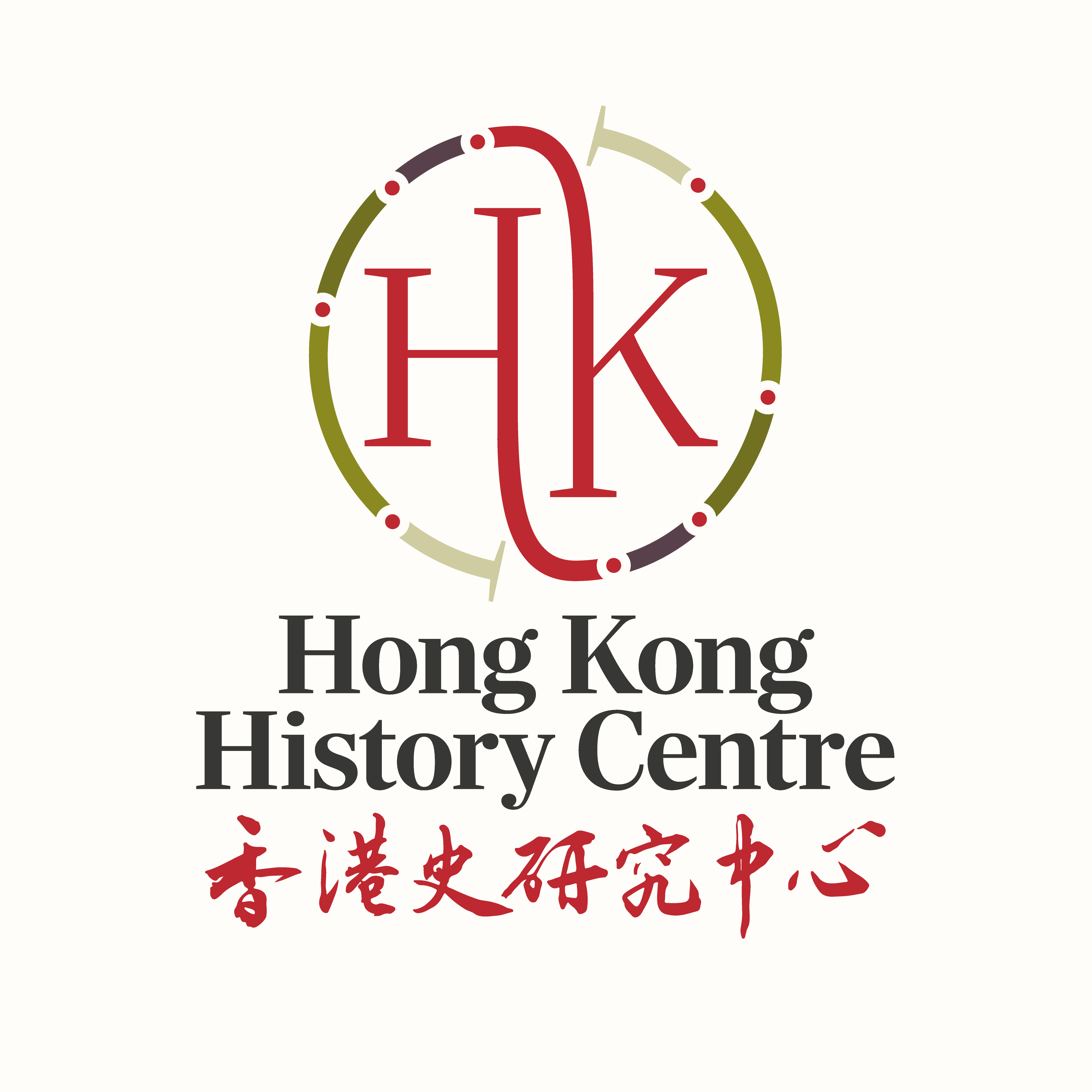
Dr. Kwong Chi Man is an associate professor in the history department of Hong Kong Baptist University. He specializes in the military and naval history of modern East Asia, particularly from the Sino-Japanese War (1894–95) to the 1970s. He has …
17/09/21
By Vaudine England
Since the death of Dan Waters, aged 95, in Hong Kong on 27 January this year, he has rightly been lauded for many things: charm and personality, astounding memory, karate black belt, marathons after 60, and of …
25/02/16
Born and raised in Hong Kong, Vivian Kong moved to Bristol to take up the Hong Kong History Project Doctoral Studentship in 2015. After the completion of her BA and MPhil degrees at the University of Hong Kong, she …
22/11/15
By Vaudine England
Just two serious articles were published on the subject of Eurasians in Hong Kong in the 20th century. A bold claim – and one on which I’d be delighted to be proven wrong!
The first came in …
06/11/15
Continuing their espousal of the Eurasian ‘problem’, two authors writing in 1955, Thompson & Adloff, lament the small size of Eurasian communities and their lack of cohesion which leaves them in a weak bargaining position; despite being stable and smart, …
16/10/15
By Vaudine England
Looking at how other colonies’ histories have tackled the topic of Eurasians gives useful clues to how researchers might tackle Hong Kong’s Eurasians.
An early effort looking at South East Asia was Virginia Thompson and Richard Adloff’s …
02/10/15
By Vaudine England
This week (on 3 September) the Chinese government has decreed a special one-off public holiday (and vast military parade) to mark what it calls China’s victory over Japan 70 years ago. As with all anniversaries, a plethora …
03/09/15Dr. Kwong Chi Man is an associate professor in the history department of Hong Kong Baptist University. He specializes in the military and naval history of modern East Asia, particularly from the Sino-Japanese War (1894–95) to the 1970s. He has …
17/09/21By Vaudine England
Since the death of Dan Waters, aged 95, in Hong Kong on 27 January this year, he has rightly been lauded for many things: charm and personality, astounding memory, karate black belt, marathons after 60, and of …
25/02/16Born and raised in Hong Kong, Vivian Kong moved to Bristol to take up the Hong Kong History Project Doctoral Studentship in 2015. After the completion of her BA and MPhil degrees at the University of Hong Kong, she …
22/11/15
By Vaudine England
Just two serious articles were published on the subject of Eurasians in Hong Kong in the 20th century. A bold claim – and one on which I’d be delighted to be proven wrong!
The first came in …
06/11/15Continuing their espousal of the Eurasian ‘problem’, two authors writing in 1955, Thompson & Adloff, lament the small size of Eurasian communities and their lack of cohesion which leaves them in a weak bargaining position; despite being stable and smart, …
16/10/15By Vaudine England
Looking at how other colonies’ histories have tackled the topic of Eurasians gives useful clues to how researchers might tackle Hong Kong’s Eurasians.
An early effort looking at South East Asia was Virginia Thompson and Richard Adloff’s …
02/10/15By Vaudine England
This week (on 3 September) the Chinese government has decreed a special one-off public holiday (and vast military parade) to mark what it calls China’s victory over Japan 70 years ago. As with all anniversaries, a plethora …
03/09/15